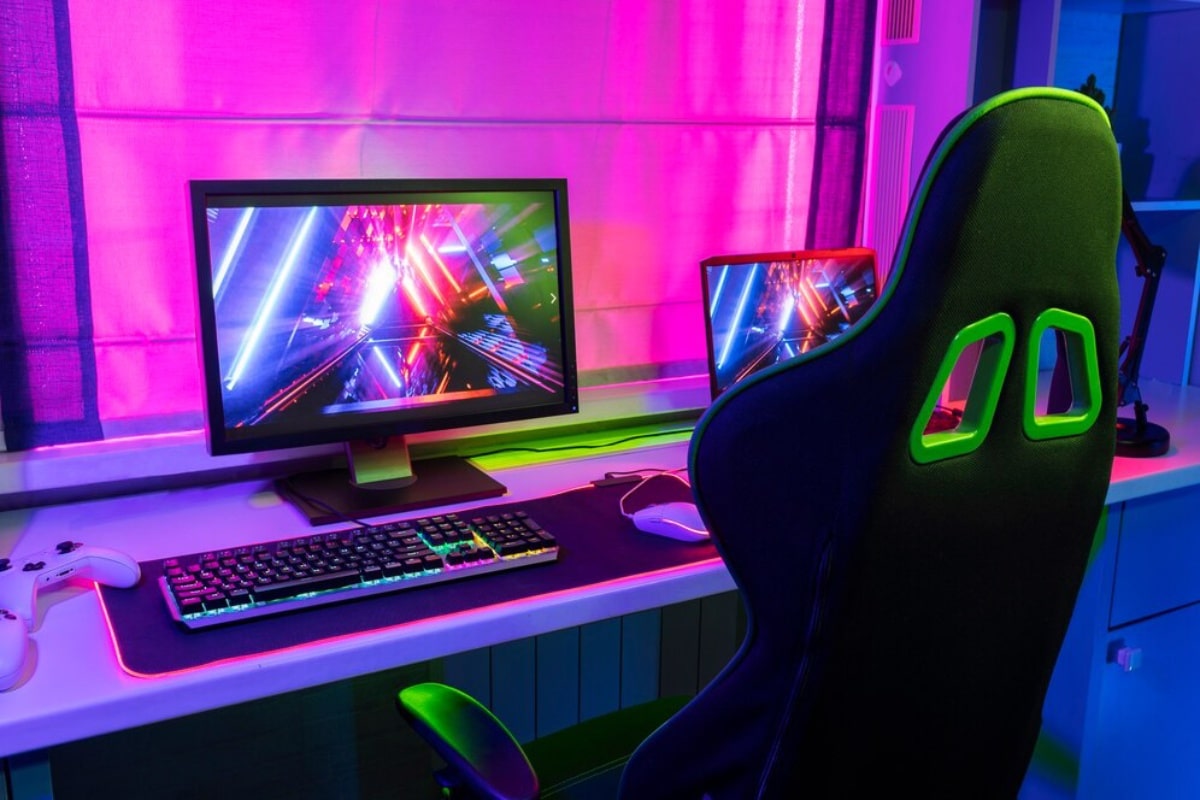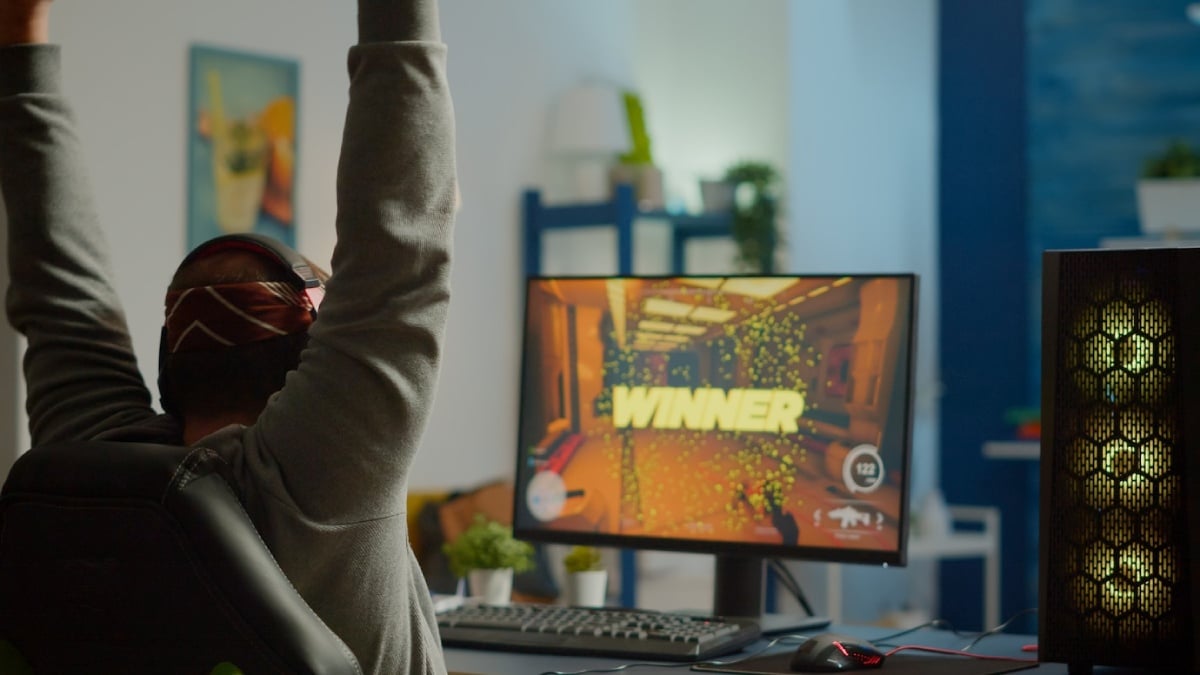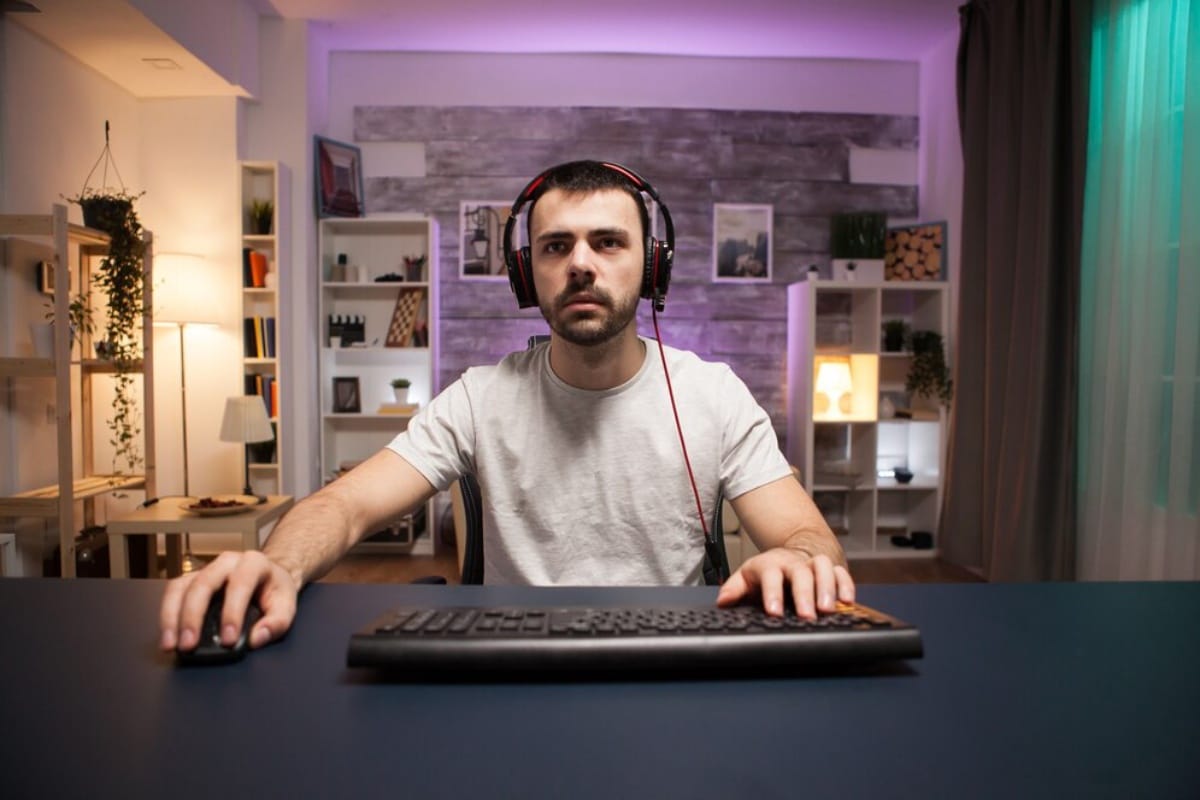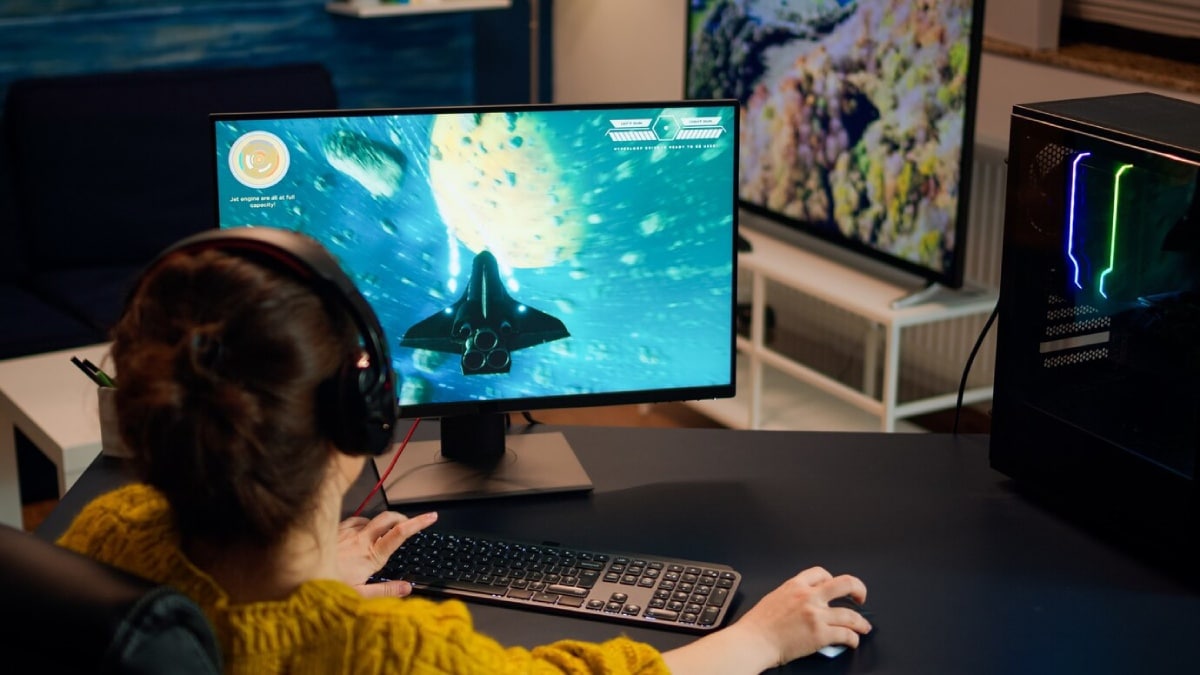
Best 144Hz Monitors for Competitive Gaming
You’ve spent hours refining your aim, your movement is on point, and your game sense is sharp — yet something still feels… off. Maybe you’re just not reacting fast enough. Or maybe, just maybe, your monitor isn’t keeping up.
In competitive gaming, milliseconds matter. Your gear should give you every possible edge, and your monitor plays a far bigger role than many realise. If you’re still playing on a 60Hz or sluggish panel, you might limit your potential without knowing it.
This guide is here to help you step up your game. Whether diving into CS2, Apex Legends, or League of Legends, we’ll help you choose the best 144Hz gaming monitor — the sweet spot where speed meets smoothness. We’ll break down what makes a monitor competitive, review top models with low input lag, and guide you through the key specs every esports monitor should have.
Why 144Hz Matters in Competitive Gaming
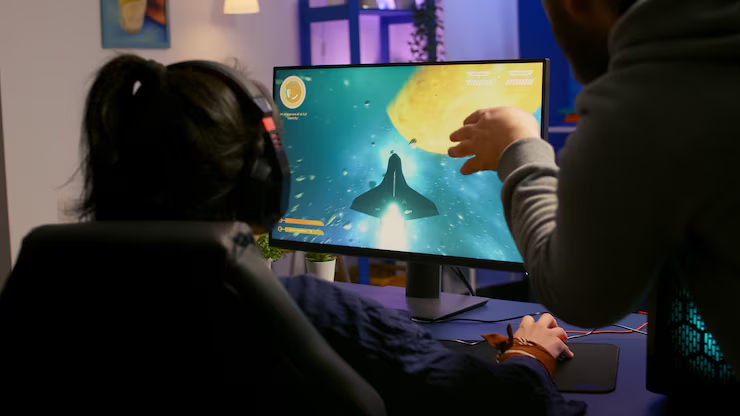
What Is Refresh Rate and Why Does It Matter?
The refresh rate is the number of times your screen updates per second, measured in hertz (Hz). A 60Hz monitor refreshes the image 60 times a second, while a 144Hz monitor refreshes 144 times, giving you smoother motion, crisper visuals during fast action, and less blur overall.
For fast-paced games, that difference is enormous. A higher refresh rate means:
- Quicker visual feedback after in-game events
- Less motion blur — making it easier to track enemies
- More accurate flicks in shooters
- Smoother gameplay, reducing fatigue over long sessions
It’s not just about seeing things faster — it’s about responding faster, too.
Do You Need 144Hz?
If you’re into:
- First-person shooters (e.g., Valorant, Call of Duty, CS2)
- Battle royales (e.g., Fortnite, Apex Legends)
- MOBA or RTS games where fast reaction and multitasking count
- Competitive multiplayer of any kind
… then yes, 144Hz (or higher) is worth it.
Even if your GPU doesn’t always hit 144 FPS, a high refresh rate still helps reduce tearing and stuttering, especially when paired with adaptive sync (FreeSync or G-Sync).
Key Specs to Look For in an Esports Monitor

Before we jump into the best picks, let’s cover the essentials.
1. Refresh Rate: 144Hz+
For esports, 144Hz is the baseline. Some go up to 240Hz or even 360Hz, but for most gamers, 144Hz strikes the perfect balance between performance and affordability.
2. Response Time: 1ms or Lower
Response time measures how quickly pixels can shift colours. A low input lag monitor should have a response time of 1ms GtG (grey-to-grey) for optimal clarity and reduced ghosting.
3. Input Lag: Under 10ms
This is the delay between an action (e.g., clicking your mouse) and its screen appearance. Low input lag is crucial for competitive gameplay.
4. Panel Type
- TN (Twisted Nematic): Fastest response times, lower colour accuracy
- IPS (In-Plane Switching): Great colour and viewing angles, slightly slower than TN
- VA (Vertical Alignment): Good contrast, but may suffer from motion blur
Pro Tip: IPS panels have come a long way. In 2025, many are just as fast as TN, with much better visuals.
5. Resolution and Size
- 1080p at 24–27 inches is standard for esports
- 1440p is viable if your GPU can handle it
- 4K? Overkill for most competitive players, due to higher latency and refresh limitations
Best 144Hz Gaming Monitors in 2025
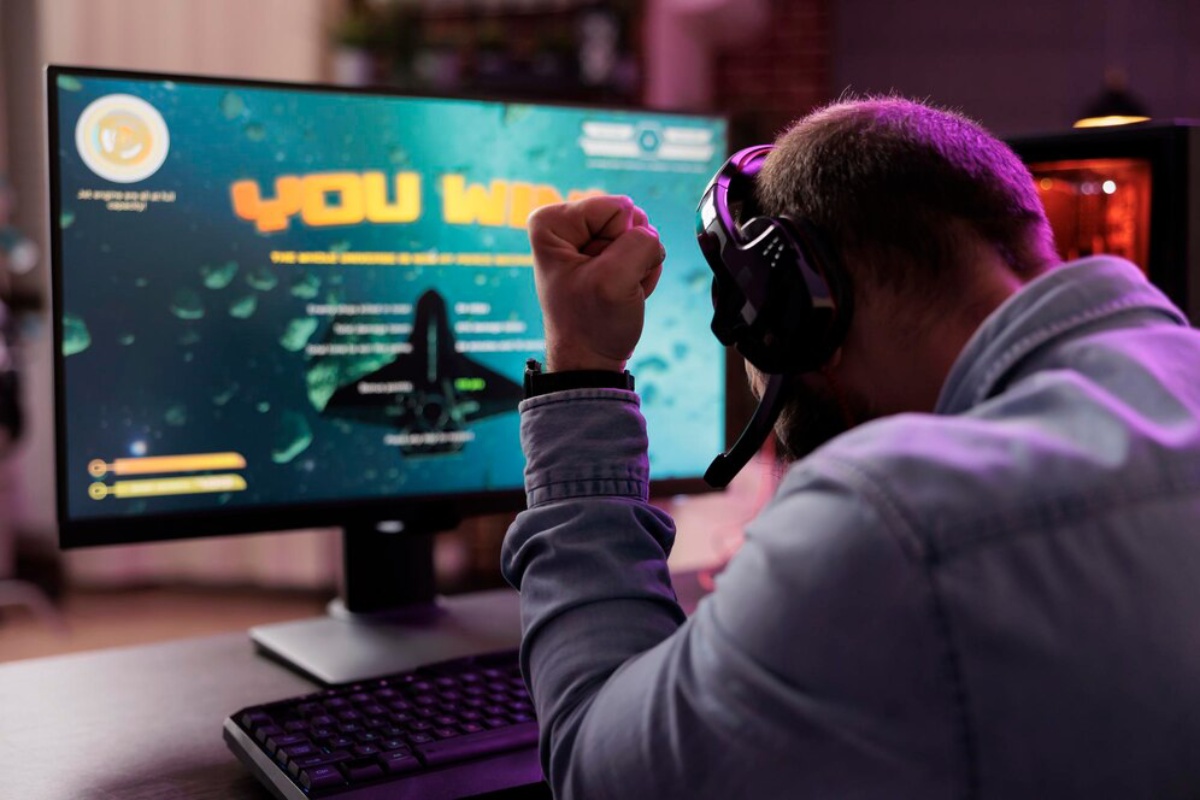
Let’s explore the top picks across different budgets and use cases. All these monitors meet the critical specs for esports performance and low input lag.
1. ASUS VG259QM – Best All-Rounder for Competitive Gaming
- Size: 24.5″
- Panel: Fast IPS
- Refresh Rate: 280Hz (native 240Hz + overclockable)
- Response Time: 1ms GtG
- Adaptive Sync: G-Sync Compatible, FreeSync
Why It’s Great: Even though it exceeds 144Hz, the VG259QM stands out for competitive play. Colours are vibrant, the motion clarity is exceptional, and it’s trusted by countless pro players.
Ideal For: Gamers who want a future-proof monitor that can scale up with their skills.
2. BenQ ZOWIE XL2411K – Best TN Panel for Pro-Level Performance
- Size: 24″
- Panel: TN
- Refresh Rate: 144Hz
- Response Time: 1ms
- Black eQualizer & DyAc technology for better enemy visibility
Why It’s Great: Zowie monitors are practically esports royalty. While it lacks FreeSync or G-Sync, the raw speed and ultra-low input lag make this one a favourite for FPS purists.
Ideal For: Hardcore FPS players who value function over form.
3. AOC 24G2 – Best Budget 144Hz Gaming Monitor
- Size: 24″
- Panel: IPS
- Refresh Rate: 144Hz
- Response Time: 1ms MPRT
- Adaptive Sync: FreeSync, G-Sync Compatible
Why It’s Great: AOC nailed the value with this one. Solid build, excellent colour accuracy, low input lag, and an affordable price point — it’s hard to beat.
Ideal For: Beginners entering the competitive scene without breaking the bank.
4. MSI Optix MAG274QRF-QD – Best for 1440p Competitive Gaming
- Size: 27″
- Panel: Rapid IPS
- Resolution: 2560×1440
- Refresh Rate: 165Hz
- Gamut: Quantum Dot tech, vivid colours
Why It’s Great: If you’re playing titles like Apex Legends or Overwatch 2 and have a strong GPU, this monitor beautifully balances high resolution and refresh rate, all with superb colours.
Ideal For: Gamers who want sharper visuals without sacrificing speed.
5. Alienware AW2523HF – Premium Pick with Style
- Size: 25″
- Panel: IPS
- Refresh Rate: 360Hz (but 144Hz supported)
- G-Sync and FreeSync support
- Design: Clean, futuristic aesthetic
Why It’s Great: It’s a premium monitor with pro-tier features. While designed for 360Hz gaming, it scales perfectly to 144Hz for those looking to future-proof without compromise.
Ideal For: Streamers and aspiring pros who want performance and polish.
How to Optimise Your Monitor for Esports
Buying the right monitor is only half the battle — now you need to set it up right.
Key Tips:
- Enable 144Hz in your system settings (Windows and GPU panel)
- Turn on Game Mode in the monitor menu to reduce input lag
- Use DisplayPort over HDMI for full refresh rate support
- Calibrate colours using tools like DisplayCAL or online guides
- Disable V-Sync in competitive games for lower latency
- Enable G-Sync/FreeSync if screen tearing is an issue
These tweaks can shave off precious milliseconds and improve clarity without costing a penny.
Real-Life Example: “Why I Upgraded to 144Hz”
Ash, a semi-competitive Valorant player, used to run games on a 60Hz office monitor. “I didn’t think it mattered much,” she says. “Until I borrowed a friend’s 144Hz setup.”
The difference? “Everything felt smoother. My aim was sharper. I started winning more fights.”
Ash upgraded to an AOC 24G2 and never looked back. “It made me realise that high refresh rate isn’t just a luxury — it’s part of the skillset.”
Conclusion: Smooth Moves, Sharper Shots, Better Results
Choosing the best 144Hz gaming monitor is one of the smartest upgrades you can make for competitive play. It’s not just about flashy specs — it’s about giving yourself the tools to succeed.
Whether you’re grinding for rank, streaming to fans, or just want to enjoy your favourite titles with buttery smooth visuals, a good low-input lag monitor with a fast refresh rate can seriously elevate your experience.
Final Takeaways:
- 144Hz is the sweet spot for esports-ready performance
- Prioritise low input lag, fast response times, and G-Sync/FreeSync
- IPS panels now offer great colour and speed
- Even budget monitors like the AOC 24G2 deliver top-tier results
- Always calibrate and configure for optimal performance
